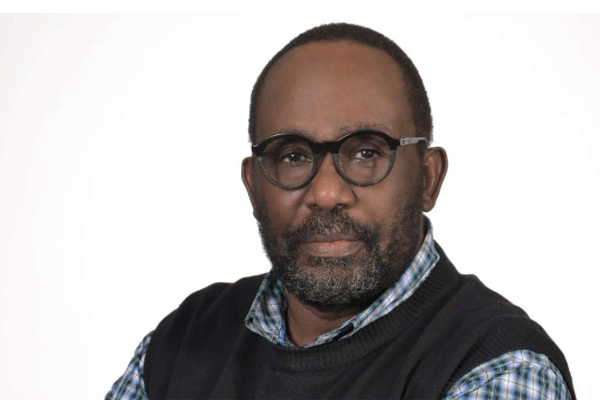Prime
Back to the 1940s. Forward to the 2030s

Mr Charles Onyango-Obbo
What you need to know:
When we talk of the Class of 1986, it’s not just about the NRM, but the opposition parties and rival political classes it has spawned.
The race for 2026 has started, and the ruling NRM is making all the “President Yoweri Museveni is sole candidate body contortions”. Museveni will be its candidate, and seek to notch a record 45 years in power.
The opposition is in turmoil, with both the Forum for Democratic Change (FDC) and the dominant National Unity Platform (NUP) embroiled in destructive internal fights, although the latter’s energetic leader Robert Kyagulanyi (Bobi Wine), has still found time to hold national rallies around the country to massive crowds. The two historical parties, the Uganda People’s Congress (UPC) and Democratic Party (DP) are half-paralysed in cohabitation (or in a ‘Kasufuria’ marriage as Kampala street lingo calls it) with the ruling National Resistance Movement (NRM).
It waits to be seen if they’ll get a bigger share of the political spoils in a formal coalition pact in 2026, or just be the flower girls at Museveni’s possible installation for a ninth term. In its present form, the FDC will go into the polls with a splinter party. NUP too faces the same risk, although it is more likely it will stay intact, but suffer big leadership defections. Unlike its peers, it is more likely to renew its ranks with youthful blood.
The import of this is that the much-talked overdue political transition beyond either President Museveni or NRM has effectively been postponed to 2031. That means in 2031, we won’t have a transition. It will be a political rapture.
However, before we get there, we need to account for where we are today, Museveni’s durability, and why Uganda’s democracy tree has borne very few fruits over the last 38 years.
Some years ago I visited with a very wise Ugandan political figure whom I had known for many years. He was then a leading official in the NRM government. It was the late evening of October 9, and he had just returned from a national event marking the independence day.
He was in a morose and reflective mood. Over tea in his study he told me, “You know, the colonialists created and built Uganda as we know it today in about 36 years. Most of the new and modern things in it were added by the Obote’s UPC government between 1963 and 1971, eight years. We might not like them, but since then, we have mostly refurbished and expanded what the ‘mzungus’ and Obote built”. I was very impressed by his unsentimental realism.
The discussion then dwelt on why the colonialists could carve a new state from the disparate peoples that became Uganda, and why the Class of 1962 were able to craft many new national sculptures from colonial materials. The colonialists created the Ugandan state in less time than Museveni has been president. And the elite and political class that took over at independence, re-engineered in under a quarter of the time the Class of 1986 has been in power.
When we talk of the Class of 1986, it’s not just about the NRM, but the opposition parties and rival political classes it has spawned. That is because, in shaping state policy – even in the form of the state’s opposition to them – and fashioning life and microeconomies in the areas they represent, they are ultimately part of the bigger national political project.
The achievements of the Class of 1962 weren’t just a project of the UPC. In the near term, they can be traced to the post-World War II late 1940s nationalist and protest movements, based mostly in Buganda. The elite who took over at independence, over their first eight years delivered on the historical mission of their generation.
Their successors, in the name of the NRM, partially delivered on their mission with its rise to power in 1986. They seized the state in very different circumstances than the 1962 Class. Uganda had been considerably devastated by 15 years of a violent military dictatorship, years of political crisis, and civil war. Museveni and his comrades took over a blank slate and a society whose back had been broken by long suffering, destitution, and displacement.
They faced war in the north, yes, but Alice Lakwena, Joseph Kony’s Lord’s Resistance Army, and the various rebels that emerged in Teso and Kasese/Bundibugyo regions were not a philosophical or ideological challenge to the NRM. They were a largely primitive security problem.
The void that NRM inherited was huge and, without serious challenge, it filled it with its vision of Uganda in ways only the colonialists had been able to do. It is a long story, but in doing so, it erected an edifice that a smart opposition rooted deep in society could only overcome after at least 36 years. Hobbled by repression, and their limitations, it seems inevitable that 38 long years later, they would still be knocking their heads against the wall.
Mr Onyango-Obbo is a journalist, writer and curator of the “Wall of Great Africans”
Twitter@cobbo3




